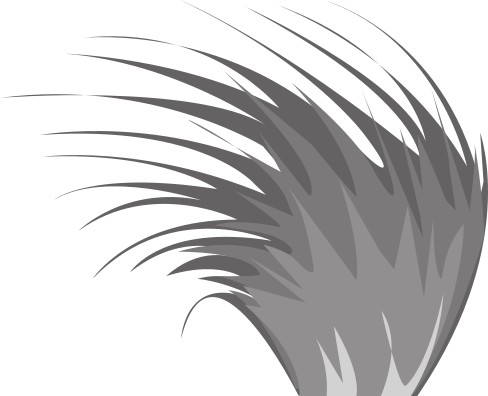Field trip to the Blue Mountains with Alan Mark
Field Trip on Saturday 13th of March 2004, 08:15 AM (21 years ago)
Contact: Ian Radford | ian.radford@botany.otago.ac.nz | (03) 479 9065
The Blue Mountains, although strongly modified on its lower slopes by exotic forestry, has good road access on to the summit ridge and even to its highest point at 998 m, giving easy access to a range of vegetation types, notably cushion bogs and mixed narrow-leaved snow tussock-shrubland, plus remains of a Halocarpus (bog pine) woodland exposed in eroding peat beds, all quite reminiscent of Maungatua. Its flora is also very similar but there are a few extras on the 'Bluies', notably Astelia linearis. Subalpine silver beech forest and its natural treeline at 950 m are also readily accessible. I suggested this trip as an alternative to Maungatua, given its easier (and more reliable) access. Note, however that there are some steep sections and it is advisable to take vehicles capable of handling rough terrain. It has been much less studied than Maungatua but was included by Stephan Halloy in his comparative study of alpine plant morphology (J. Veg. Sci. 1: 291-304. 1990: J. Roy. Soc. NZ 26: 41-78: 1996). Warm clothing and footwear for wet conditions are advisable whatever the weather forecast.
